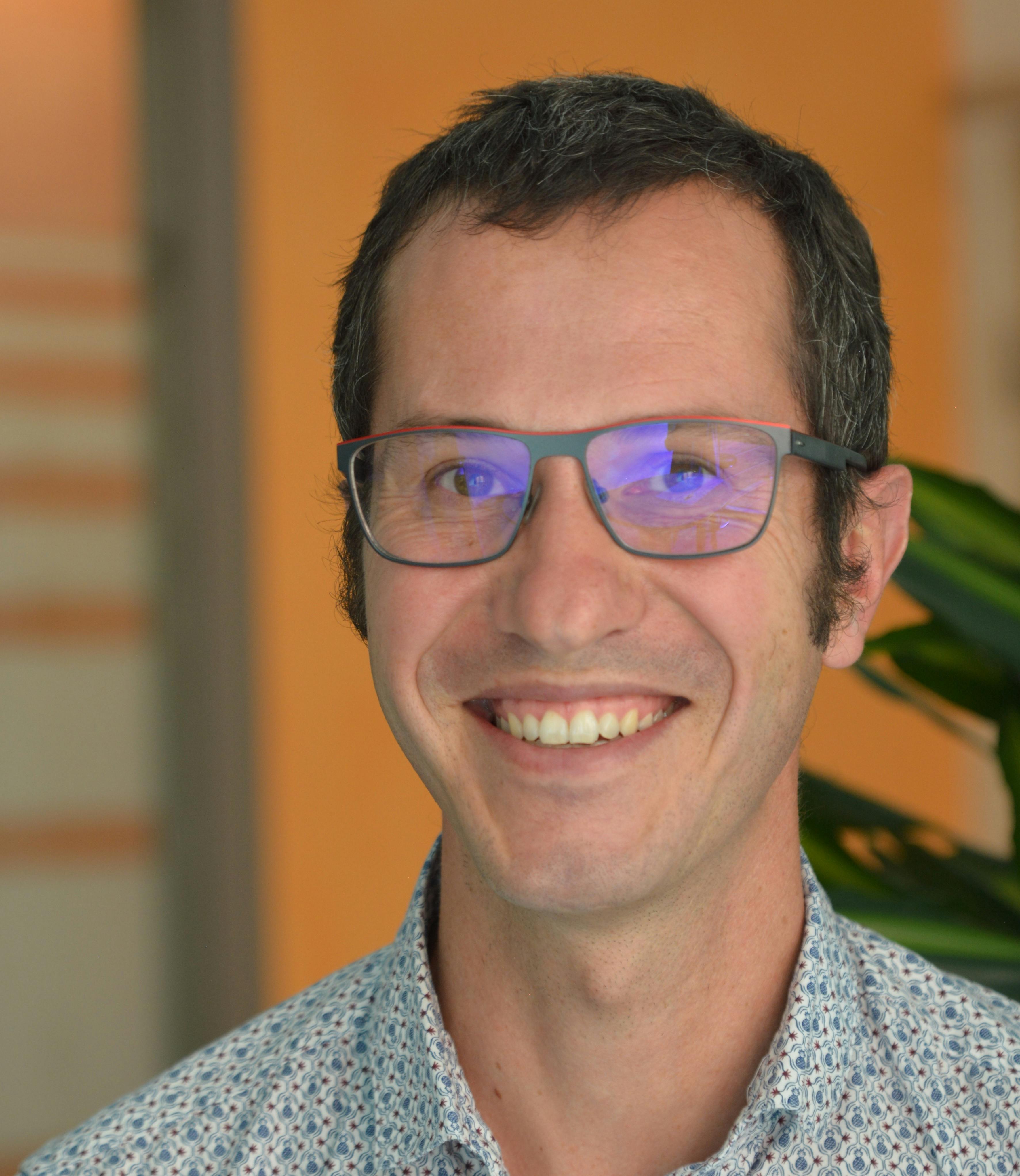<p>Achieving climate neutrality requires power supply diversification using renewable energies. Unfortunately, renewables such as wind and solar power are not ideal power sources in all locations and face storage and transportation challenges.</p>
<p>Hydrogen, on the other hand, has been identified as the affordable and efficient renewable energy solution. Watch our webinar to learn how system simulation solves hydrogen ecosystem challenges while reducing costs.</p><h2>Speed up clean hydrogen production</h2><p>Hydrogen can be used for many applications including power generation, heating buildings and transportation. Because of its versatility, many countries have developed clean hydrogen production strategies and invested in its transport and usage. Discover how to improve hydrogen ecosystem designs by watching the webinar.</p><h2>Hydrogen storage problems</h2><p>System simulation helps tackle hydrogen ecosystem challenges from production to usage, including hydrogen storage problems. In the webinar, using concrete applications, we illustrate how system simulation makes it possible to design better systems and integrate new components. Watch our experts demonstrate solution evaluation earlier in a project while reducing the risk of errors.</p><h2>What is blue hydrogen?</h2><p>What is blue hydrogen? It’s hydrogen derived from methane in natural gas. This low-carbon fuel could generate electricity, store energy and power cars, trucks and trains. CO2 generated during the blue hydrogen manufacturing process is captured and stored permanently underground. The webinar addresses how system simulation optimizes the CO2 compression process, including sizing compressors, helping select heat exchangers and minimizing station fitting losses in complex flow plants.</p><h2>What is hydrogen combustion?</h2><p>What is hydrogen combustion? It’s the process of hydrogen reacting with an oxidizing agent and burning, releasing heat. Watch the webinar to learn how simulation helps overcome hydrogen-specific challenges in combustion engines, including flame speed, gas diffusion and auto ignition. System simulation also enables the integration of subsystems with the combustion center, including hydrogen storage, injection systems and charging systems.</p>
講演者の紹介

Patrice Montaland
脱炭素/水素/燃料電池アプリケーションのアプリケーションスペシャリスト
PATRICE MONTALANDは、シーメンスデジタルインダストリーズソフトウェアのソフトウェアおよびテストソリューション (STS) 部門で化学・プロセス業界を担当するアプリケーション・スペシャリストです。CFDの使用を新たな分野に広げる役割を担うとともに、ソフトウェア開発とSimcenter STAR-CCM+ユーザーとの橋渡しをしていますINSAリヨン校機械工学部卒。自動車、トラック、水素産業で9年超の経験を積んだのち、2008年にシーメンスに入社しました。
